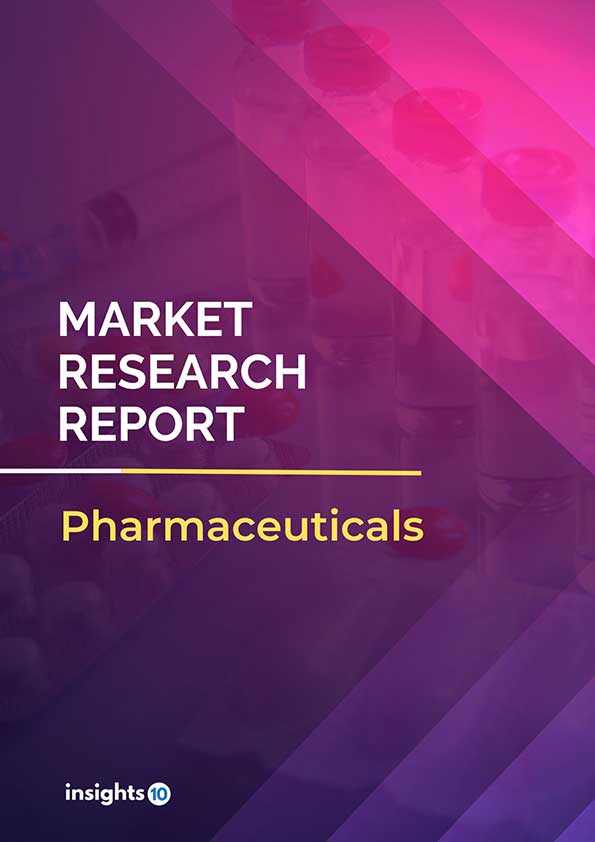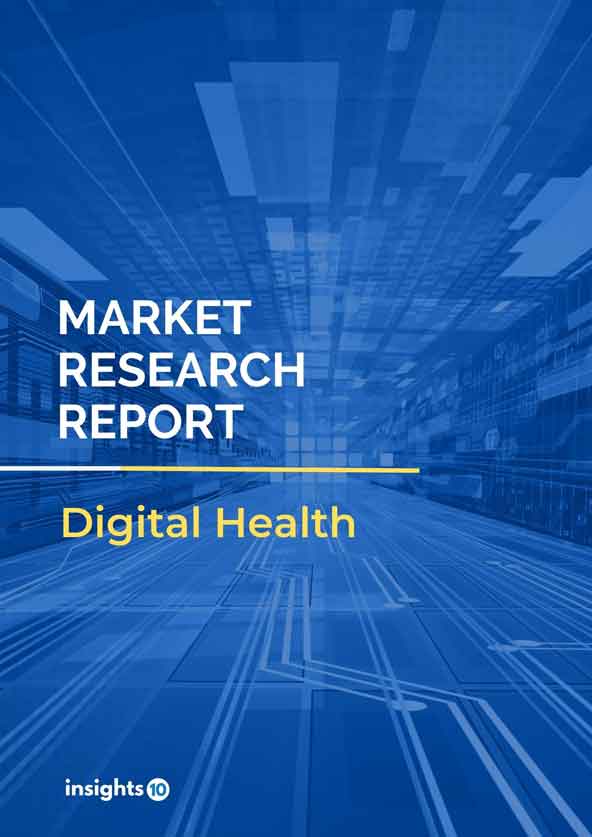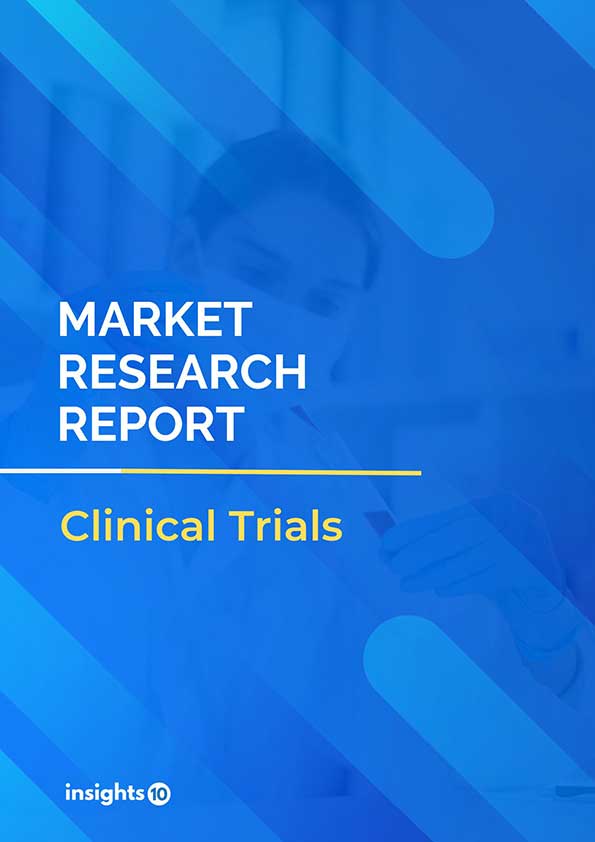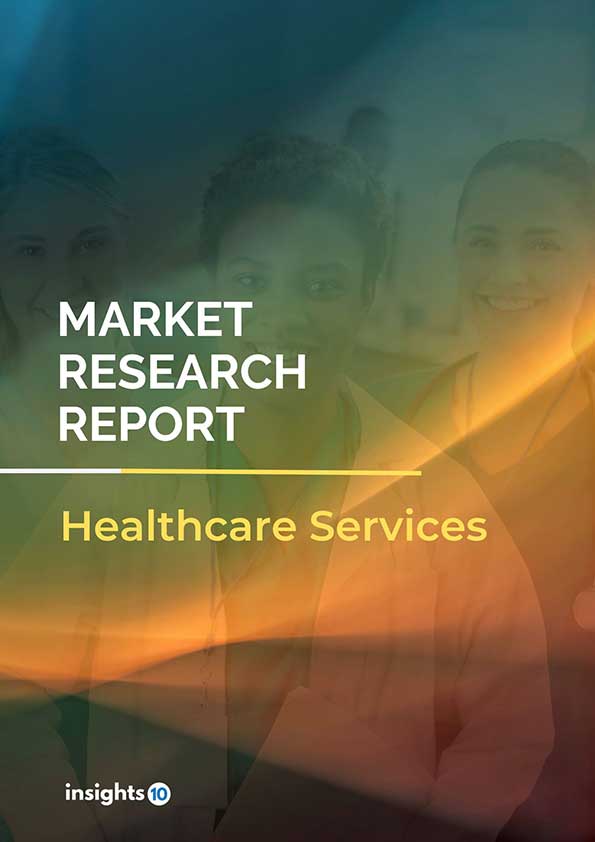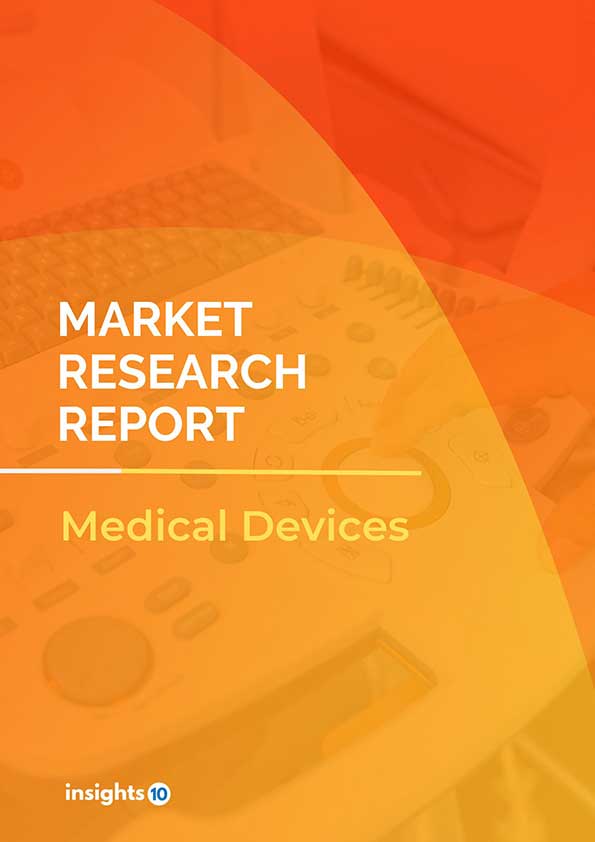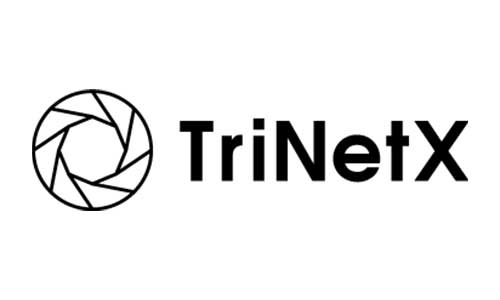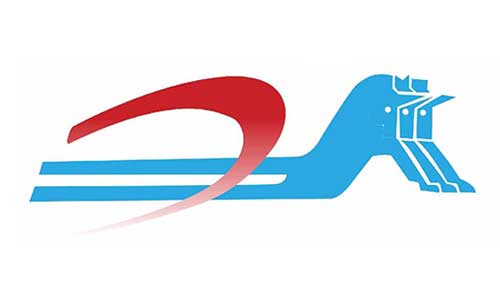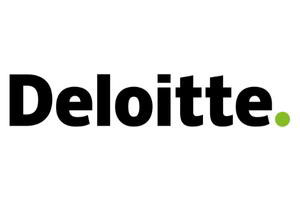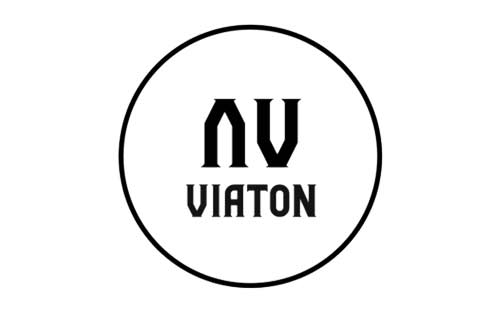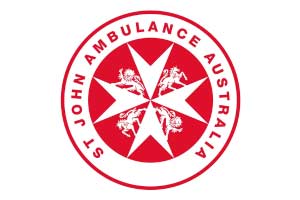APAC HIV Therapeutics Market Analysis
The APAC HIV therapeutics market is expected to reach $3.95 Bn by 2030, up from $2.89 Bn in 2022, with a CAGR of 3.97% from 2022 to 2030. APAC players such as Cipla Limited, Sino Biopharmaceutical, United Laboratories and Gilead Sciences dominate the APAC HIV therapeutics market. The APAC government policies, funding, poverty and initiatives by international organizations to manage HIV infections propel the market. The APAC HIV therapeutics market is divided into four segments: type, product, geography, end user, and distribution channel.
Buy Now

APAC HIV Therapeutics Market Analysis Summary
Asia and the Pacific have made significant strides in combating the world's largest regional epidemic outside of Sub-Saharan Africa. The APAC HIV therapeutics market is expected to reach $3.95 Bn by 2030, up from $2.89 Bn in 2022, with a 3.97 % CAGR between 2022 and 2030.
In 2021, there will be 6 Mn HIV-positive people in Asia and the Pacific, with the effects disproportionately affecting the most marginalized communities. The region continues to improve testing, diagnosis, and treatment coverage, as well as viral suppression rates among those who have been treated. International organizations such as the Joint United Nations Programme on HIV/AIDS (UNAIDS) and the World Health Organization work to increase access to HIV medications in the Asia Pacific region (WHO).
By 2021, 76 % of people living with HIV were aware of their HIV status, and 86 % of those who were aware of their HIV-positive status were receiving treatment (66 % of all people living with HIV). Of those on treatment, 91 % had suppressed viral loads, equating to 60 % of all HIV patients being virally suppressed. Accelerating service integration, prioritizing responses for key populations (including young key populations), mainstreaming and scaling up innovations, keeping communities at the centre of the response, implementing legal and policy reforms, and laying the groundwork for long-term response financing are key priorities for Asia and the Pacific.

Market Dynamics
Market Growth Drivers Analysis
By 2021, 76 % of people living with HIV were aware of their HIV status, and 86 % of those who were aware of their HIV-positive status were receiving treatment (66 % of all people living with HIV). A number of initiatives and organisations have been established in the APAC region to support HIV treatment and care. The Asia Pacific Network of People Living with HIV/AIDS (APN+), for example, is a regional network that advocates for the rights and needs of people living with HIV and provides support and resources to community-based HIV-related organisations.
Total HIV resources in Asia and the Pacific have increased by 30% since 2010. Domestic resources have increased 2.3 times since 2010, while external resources from the United States government and other donor governments have decreased by 30% and 74%, respectively. During the last decade, the Global Fund to Fight AIDS, Tuberculosis, and Malaria (the Global Fund) increased its regional resources by 20%. These factors may entice new players to enter the APAC HIV therapeutics market.
Market Restraint
Innovative approaches, such as oral pre-exposure prophylaxis (PrEP), HIV self-testing, and virtual interventions, are being introduced across the region, but increased efforts are now required to bring these approaches to scale in order to address the region's large gaps in service coverage among key populations. These factors could discourage new entrants into the APAC HIV therapeutics market.
Competitive Landscape
Key Players
- Cipla Limited (IND)
- Aurobindo Pharma (IND)
- Sino Biopharmaceutical (CHN)
- Jiangsu Hengrui Medicine (CHN)
- United Laboratories (PHL)
- BSP Pharmaceuticals (THA)
- Gilead Sciences
- ViiV Healthcare
- Merck & Co.
- AbbVie
- Janssen Pharmaceuticals
- Boehringer Ingelheim
- Bristol Myers Squibb
Recent Notable Updates
December 2022: Indian pharmaceutical companies will supply drugs to Saudi Arabia for conditions such as AIDS, tuberculosis, hypertension, infectious diseases, bacterial infections, and mental illness, among others. These critical therapeutic areas were included in the list of 300 life-saving drugs shared by the Saudi Food and Drugs Authority (SFDA), Kingdom of Saudi Arabia, with the Indian Drug Manufacturers Association (IDMA). The latter has invited Indian firms to supply drugs based on local demand.
September 2022: Thailand has ambitious plans to end new HIV infections by 2030, and as part of those plans, an online programme to improve public access to HIV testing and HIV/AIDS treatment is being launched. The National Health Security Office (NHSO) has budgeted $120 Mn for the fiscal year 2023 project. The programme will provide free HIV screening tests, consultation, treatment, and related laboratory testing to people living with HIV/Aids in order to provide them with the ongoing care they require.
December 2020: According to a statement from Gilead Sciences, the China National Medical Products Administration (NMPA) has approved Truvada for pre-exposure prophylaxis. Truvada for PrEP is recommended in China in conjunction with safer sex practices to reduce the risk of contracting HIV through sexual contact.
Healthcare Regulations
The regulatory landscape for HIV therapeutics in the Asia Pacific region varies by country and region. The China National Medical Products Administration (NMPA) is in charge of regulating drug approval and use in China, including HIV medications. Pharmaceuticals and Medical Devices Agency (PMDA) regulates drug approval and use in Japan, including HIV medications. The Therapeutic Goods Administration (TGA) regulates the approval and use of drugs in Australia, including HIV medications. The Pharmaceutical and Food Safety Bureau (PFSB) regulates the approval and use of drugs in Japan, including HIV medications. Each country's Food and Drug Administration (FDA): Each country in the Asia Pacific region has its own FDA, which is in charge of regulating the approval and use of drugs, including HIV medications.
Reimbursement Policies
The reimbursement of HIV therapeutics in the Asia Pacific (APAC) region varies across different countries, and there are often significant disparities in access to treatment and care. National health insurance schemes in some countries in the region, such as Australia, Japan, and South Korea, cover HIV treatment, including antiretroviral therapy (ART) and other medications used to manage HIV-related conditions. These programmes are frequently funded by the government, as well as contributions from employers and employees in some cases.
The Joint United Nations Programme on HIV/AIDS (UNAIDS) has set a target of ending the Asia Pacific AIDS epidemic by 2030 through a combination of prevention, treatment, and care efforts. This includes expanding HIV testing and counselling services, addressing stigma and discrimination, and strengthening community-based responses to the epidemic.
1. Executive Summary
1.1 Disease Overview
1.2 Global Scenario
1.3 Country Overview
1.4 Healthcare Scenario in Country
1.5 Patient Journey
1.6 Health Insurance Coverage in Country
1.7 Active Pharmaceutical Ingredient (API)
1.8 Recent Developments in the Country
2. Market Size and Forecasting
2.1 Epidemiology of Disease
2.2 Market Size (With Excel & Methodology)
2.3 Market Segmentation (Check all Segments in Segmentation Section)
3. Market Dynamics
3.1 Market Drivers
3.2 Market Restraints
4. Competitive Landscape
4.1 Major Market Share
4.2 Key Company Profile (Check all Companies in the Summary Section)
4.2.1 Company
4.2.1.1 Overview
4.2.1.2 Product Applications and Services
4.2.1.3 Recent Developments
4.2.1.4 Partnerships Ecosystem
4.2.1.5 Financials (Based on Availability)
5. Reimbursement Scenario
5.1 Reimbursement Regulation
5.2 Reimbursement Process for Diagnosis
5.3 Reimbursement Process for Treatment
6. Methodology and Scope
HIV Therapeutics Segmentation
By Types (Revenue, USD Billion):
- Nucleoside-Analog Reverse Transcriptase Inhibitors (NRTIs)
- Coreceptor Antagonists
- Entry and Fusion Inhibitors
- Integrase Inhibitors
- Protease Inhibitors (PIs)
- Non-Nucleoside Reverse Transcriptase Inhibitors (NNRTIs)
By Distribution Channel (Revenue, USD Billion):
- Hospital Pharmacies
- Retail Pharmacies
- Online Pharmacies
- Others
Methodology for Database Creation
Our database offers a comprehensive list of healthcare centers, meticulously curated to provide detailed information on a wide range of specialties and services. It includes top-tier hospitals, clinics, and diagnostic facilities across 30 countries and 24 specialties, ensuring users can find the healthcare services they need.
Additionally, we provide a comprehensive list of Key Opinion Leaders (KOLs) based on your requirements. Our curated list captures various crucial aspects of the KOLs, offering more than just general information. Whether you're looking to boost brand awareness, drive engagement, or launch a new product, our extensive list of KOLs ensures you have the right experts by your side. Covering 30 countries and 36 specialties, our database guarantees access to the best KOLs in the healthcare industry, supporting strategic decisions and enhancing your initiatives.
How Do We Get It?
Our database is created and maintained through a combination of secondary and primary research methodologies.
1. Secondary Research
With many years of experience in the healthcare field, we have our own rich proprietary data from various past projects. This historical data serves as the foundation for our database. Our continuous process of gathering data involves:
- Analyzing historical proprietary data collected from multiple projects.
- Regularly updating our existing data sets with new findings and trends.
- Ensuring data consistency and accuracy through rigorous validation processes.
With extensive experience in the field, we have developed a proprietary GenAI-based technology that is uniquely tailored to our organization. This advanced technology enables us to scan a wide array of relevant information sources across the internet. Our data-gathering process includes:
- Searching through academic conferences, published research, citations, and social media platforms
- Collecting and compiling diverse data to build a comprehensive and detailed database
- Continuously updating our database with new information to ensure its relevance and accuracy
2. Primary Research
To complement and validate our secondary data, we engage in primary research through local tie-ups and partnerships. This process involves:
- Collaborating with local healthcare providers, hospitals, and clinics to gather real-time data.
- Conducting surveys, interviews, and field studies to collect fresh data directly from the source.
- Continuously refreshing our database to ensure that the information remains current and reliable.
- Validating secondary data through cross-referencing with primary data to ensure accuracy and relevance.
Combining Secondary and Primary Research
By integrating both secondary and primary research methodologies, we ensure that our database is comprehensive, accurate, and up-to-date. The combined process involves:
- Merging historical data from secondary research with real-time data from primary research.
- Conducting thorough data validation and cleansing to remove inconsistencies and errors.
- Organizing data into a structured format that is easily accessible and usable for various applications.
- Continuously monitoring and updating the database to reflect the latest developments and trends in the healthcare field.
Through this meticulous process, we create a final database tailored to each region and domain within the healthcare industry. This approach ensures that our clients receive reliable and relevant data, empowering them to make informed decisions and drive innovation in their respective fields.
To request a free sample copy of this report, please complete the form below.
We value your inquiry and offer free customization with every report to fulfil your exact research needs.
